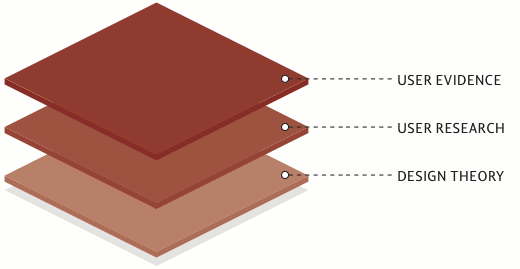W najświeższym numerze UX (User Experience) bardzo dobry artykuł “More than Just Eye Candy – Top Ten Misconceptions about Eye Tracking” (dostęp ograniczony) autorstwa Agnieszki Bojko i Kristin Adamczyk, poświęcony demistyfikacji najpopularniejszych wierzeń związanych z eye trackingiem.
#1 – All usability research can benefit from eye tracking.
One common belief is that any usability study will provide better insight if accompanied by eye tracking. However, a simple cost-benefit analysis of the insight gained versus the amount of additional time and resources that eye tracking requires will show that eye track- ing is not always appropriate.
In formative usability testing, the ratio of insight to cost for eye tracking is very small; most usability issues can be uncovered with traditional usability research. For example, if a study goal is to improve the overall user experience on a new website or to make instructions for a medical device easier to understand, eye tracking may be of little value.
However, eye tracking will benefit studies that aim to answer specific questions that arose from previous testing (for example, Why are users struggling to find drug storage instructions on a package insert?). Eye tracking can also be useful in summative testing as it provides additional measures to help quantify the user experience.
Polecam cały artykuł. Zdecydowanie warto.






Recent Comments